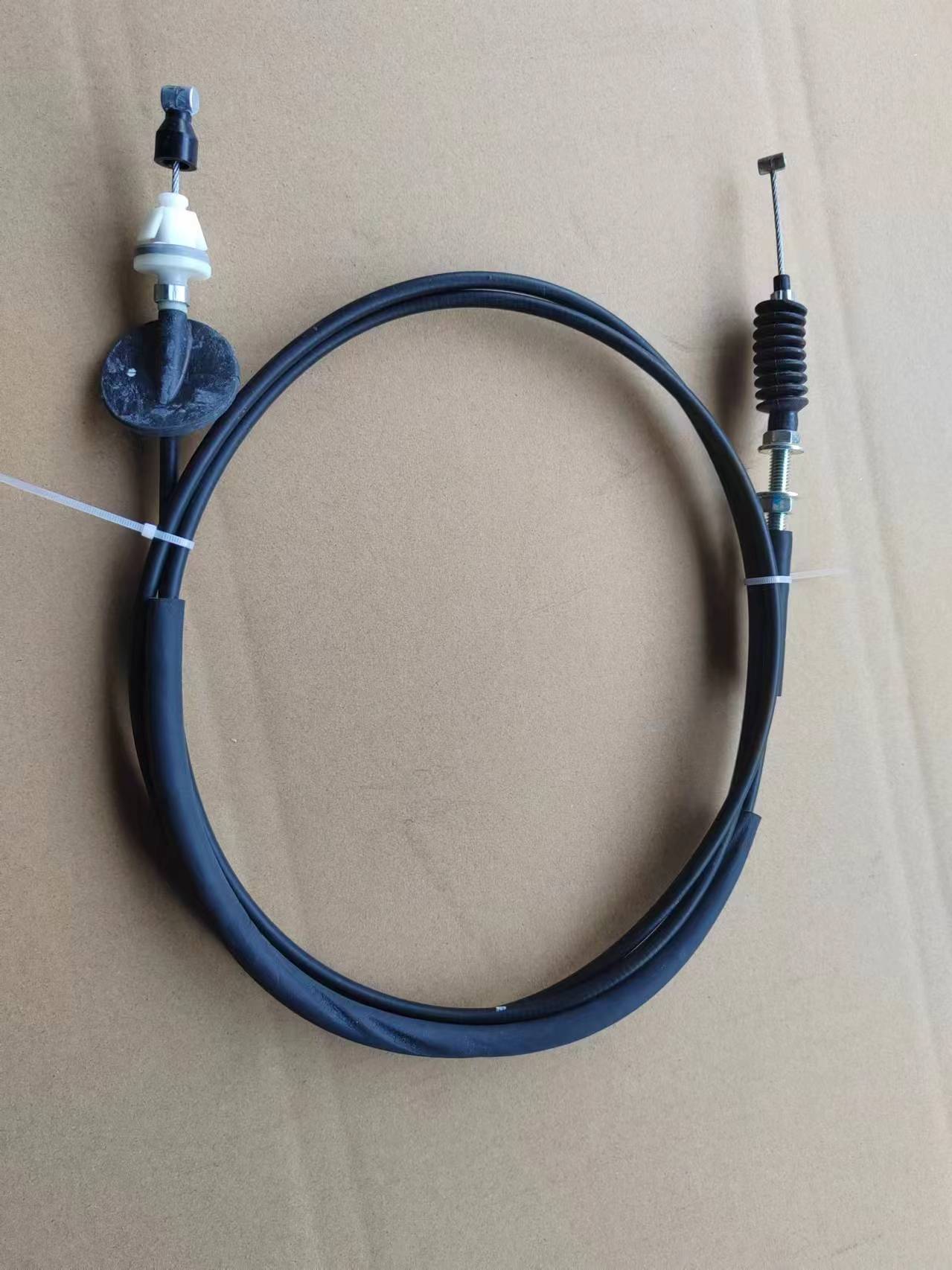Understanding Gas Pedals and Throttle Cables in Automotive Performance
Understanding the Gas Pedal and Throttle Cable An Essential Link in Automotive Performance
In the intricate world of automotive engineering, the relationship between the gas pedal and the throttle cable is a fundamental element often overlooked by the average driver. However, understanding this connection is key to grasping how vehicles respond to driver inputs, particularly in terms of performance, acceleration, and overall driving experience.
At its core, the gas pedal—also known as the accelerator pedal—is the interface through which drivers communicate their intent to increase speed. When the driver presses down on the gas pedal, a series of mechanical and electronic processes are set into motion, ultimately leading to increased engine power and vehicle acceleration. The design and function of the gas pedal can vary between different vehicle models, but the overarching goal remains the same translate a driver’s foot movements into performance-enhancing responses from the engine.
Historically, the connection between the gas pedal and the engine was achieved through a simple mechanical throttle cable. This cable directly linked the pedal’s movement to the throttle valve on the engine manifold. When the driver pressed the gas pedal, the cable would pull on the throttle valve, allowing more air into the engine and thus increasing the power. This system had its advantages, such as simplicity and ease of repair, but it also posed several challenges, including wear over time, potential binding, and delayed response due to slack or improper adjustments.
With advancements in technology, many modern vehicles have shifted to electronic throttle control (ETC) systems, commonly referred to as “drive-by-wire” systems. In these setups, the gas pedal is equipped with sensors that detect the position of the pedal. This information is then sent to the engine control unit (ECU), which calculates the appropriate throttle position and sends signals to the throttle body to adjust the airflow entering the engine. This sophisticated method eliminates the need for a physical throttle cable and offers numerous benefits, such as more precise control over engine performance, improved fuel efficiency, and enhanced safety features like traction control and stability management.
gas pedal and throttle cable

Despite the move towards electronic systems, understanding the traditional gas pedal and throttle cable mechanism is still relevant. In various scenarios—such as performance tuning, restoration projects, or even basic maintenance—knowledge of how these components work together is invaluable. Many automotive enthusiasts appreciate the tactile feedback of a mechanical system and often prefer vehicles that utilize them for a more authentic driving experience.
Moreover, the relationship between the gas pedal and the throttle is not solely confined to performance and acceleration. It plays a crucial role in the efficiency of the vehicle as well. A properly functioning throttle cable ensures that the driver can efficiently modulate the engine's power output, which is critical for optimal fuel consumption. Conversely, a malfunctioning cable can lead to erratic behavior, such as hanging accelerations or delayed throttle response, ultimately affecting the overall driving experience.
In addition to performance implications, the gas pedal and throttle cable also highlight the importance of regular maintenance in vehicle ownership. Drivers should be aware of potential issues such as fraying cables, improper adjustments, or even debris caught in the throttle body. Addressing these problems early can prevent more significant issues down the line, ensuring that both the throttle response and the overall performance of the vehicle remain at peak levels.
In conclusion, while the gas pedal and throttle cable may seem like mere components in a vehicle, they embody the relationship between driver intent and machine response. Understanding their function not only enriches one’s appreciation of automotive engineering but also contributes to safer and more enjoyable driving experiences. Whether one is driving a classic car with a traditional throttle cable or a modern vehicle equipped with advanced electronic controls, this fundamental connection plays a vital role in the art of driving.
-
Workings of Clutch Pipe and Hose SystemsNewsJun.04,2025
-
The Inner Workings of Hand Brake Cable SystemsNewsJun.04,2025
-
The Secrets of Throttle and Accelerator CablesNewsJun.04,2025
-
The Hidden Lifeline of Your Transmission Gear Shift CablesNewsJun.04,2025
-
Demystifying Gear Cables and Shift LinkagesNewsJun.04,2025
-
Decoding Clutch Line Systems A Comprehensive GuideNewsJun.04,2025
